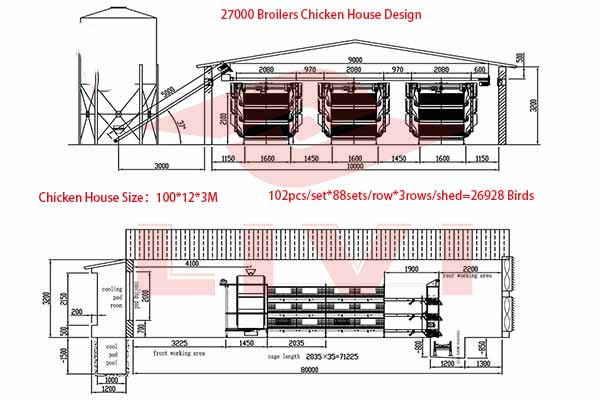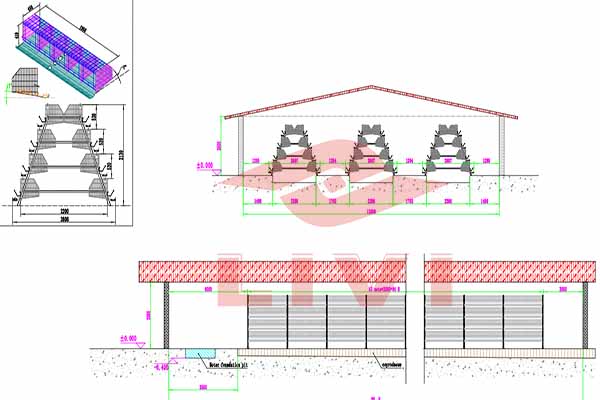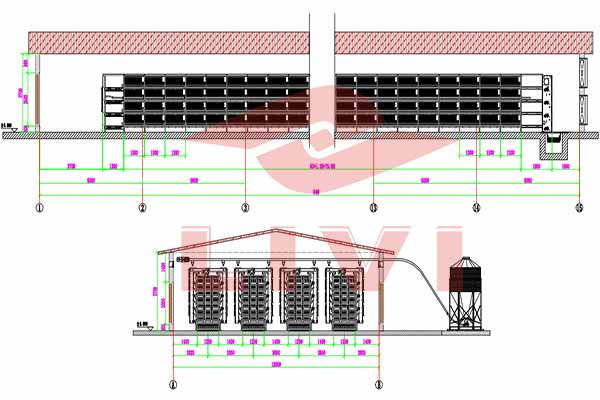Optimizing Chicken Battery Cages for a 50,000 Chicken Farm in Zambia
Understanding the Requirements for Large-Scale Chicken Production
In the ever-growing poultry industry, efficient and scalable solutions are crucial for farm operators and investors alike. Zambia, with its vast agricultural potential, is witnessing a surge in large-scale chicken farming. One such requirement is the implementation of chicken battery cages for a farm housing 50,000 chickens. This article delves into the considerations for setting up such a system, the benefits it offers, and the potential challenges.
Key Factors to Consider for Chicken Battery Cages
- Space Allocation: Ensuring each chicken has adequate space is vital for their health and welfare. For a 50,000 chicken farm, a minimum space allocation of 0.5 square feet per bird is recommended.
- Material Quality: High-quality steel or galvanized metal is ideal for constructing battery cages. These materials are durable, corrosion-resistant, and can withstand the rigors of intensive farming.
- Layout Design: A well-designed layout minimizes stress for the chickens and maximizes the farm’s efficiency. The layout should allow for easy access for feeding, watering, and waste management.
- Airflow and Ventilation: Good airflow is crucial to prevent disease and maintain a comfortable environment for the chickens. Proper ventilation systems should be installed to ensure a consistent supply of fresh air.
- Lighting: Appropriate lighting is essential for the chickens’ health and productivity. A combination of natural and artificial light can help regulate their sleep patterns and egg production.
Benefits of Chicken Battery Cages
– Improved Efficiency: Battery cages allow for easy management and monitoring of the flock, leading to higher productivity and better egg yield.
– Enhanced Biosecurity: With controlled access to the chickens, the risk of disease transmission is minimized.
– Reduced Labor Costs: The automated systems in battery cages reduce the need for manual labor, thereby cutting down on labor costs.
– Increased Profitability: The efficiency and productivity gains from battery cages can significantly boost the farm’s profitability.
Challenges and Solutions
While battery cages offer numerous benefits, they also come with challenges:
– Initial Investment: The setup cost for battery cages can be high. However, long-term savings on labor, disease prevention, and improved productivity can offset this.
– Environmental Concerns: Battery cages have been criticized for animal welfare issues. Investing in high-quality, humane cages and implementing proper waste management systems can address these concerns.
Contact Us for a Free Chicken Farm Design and Equipment Quote
Are you planning to set up a 50,000 chicken farm in Zambia? LIVI Mechanical offers comprehensive solutions for large-scale chicken production. Contact us today to receive a free, customized farm design and equipment quote.





